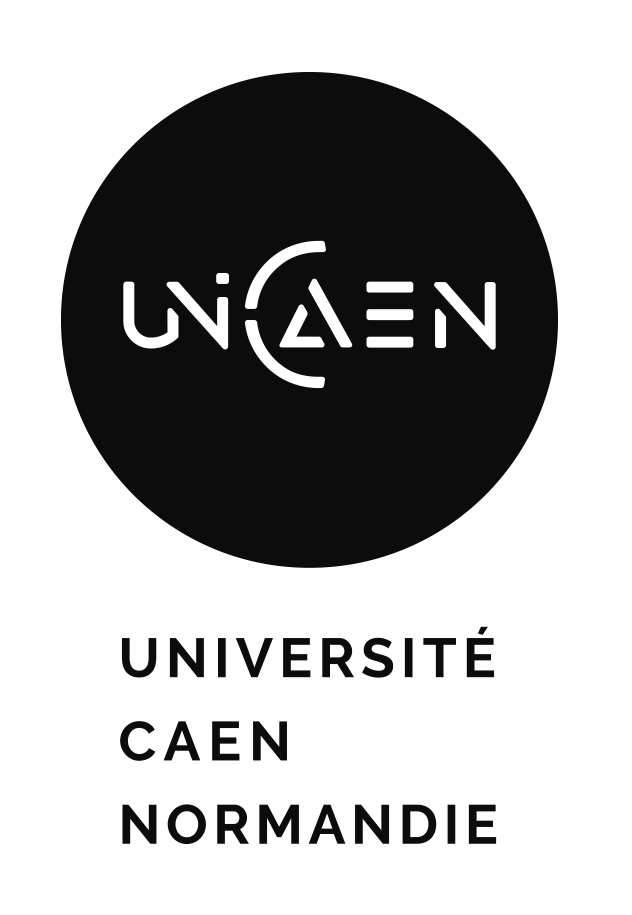The ISTCT unit « Imaging and strategical therapeutics for cancers and cerebral tissues », UMR 6030 is a joint research unit of the CNRS and the University of Caen Normandie (UNICAEN) hosted at GIP CYCERON in Caen. It was created in 2012 and renewed in 2022 for 5 years with Myriam Bernaudin as director and Samuel Valable as depury director. ISTCT gathers about fifty people associating researchers/professors/assistant-professors, clinicians, technicians/engineers and students from different background promoting the development of basic, pre-clinical and clinical research.
ISTCT's research activities aim to better understand the pathophysiology of hypoxic tumors (brain-lung) and identify new therapeutic strategies targeting the tumor and its microenvironment but also to protect the surrounding healthy tissue from anti-cancer treatments such as radiotherapy.
For example, in addition to molecular and/or cellular strategies targeting hypoxia, ISTCT studies the interest of hadrons (carbon ions and protons) in combination with other therapies (chemotherapy, targeted therapies, radiosensitizers, etc.) to treat radioresistant tumors like glioblastomas. This project is part of the ARCHADE scientific program together with the recent opening in Caen of CYCLHAD, a European Center for Hadrontherapy Research. The effects of these therapies on healthy brain tissue are also assessed, in particular by in vivo and behavioral imaging methods (MRI, PET/CT). Molecular and/or non-drug neuroprotection/regeneration strategies such as physical activity are also being considered.
ISTCT also propose new biomarkers to optimize treatments, to early assess therapeutic efficacy and to better guide therapy. Among these biomarkers, ISTCT is developing multimodal imaging approaches in MRI and PET as well as molecular approaches.
To carry out its research, the unit implements both in vitro approaches (crystallography/structural biology, cultures of tumor cells (2D/3D) and brain cells (neurons, astrocytes), macrophages and endothelial cells, hypoxia, radiotherapy by X-ray and hadrons), in vivo (orthotopic models of glioblastomas and cerebral metastases, models of cerebral ischemia, radiotherapy, models of recurrence of cerebral tumors, etc.), imaging (MRI, PET) as well as clinical studies in collaboration with hospitals (CHU de Caen, CLCC François Baclesse).
The unit conducts multidisciplinary approaches in collaborations with different partners in chemistry/radiochemistry, physics, radiobiology and bio-/nanomaterials. These collaborations are reinforced through the SF4702 Normandie Oncologie (UNICAEN), the labex IRON, IRN France China "zeolites", Cancéropôle Nord-Ouest, various GDRs (Mi2B, Sport and Physical Activity, Biosimia and Repairing Humans) and networks (RADIOTRANSNET, ANOCEF) in which ISTCT is partner.
The ISTCT Unit benefits from a very efficient technical platform, both within the Unit and via access to the CYCERON/CURB Platform, its service unit (UAR3408 UNICAEN-CNRS-CEA-INSERM) and the technical platforms of the PLATON service unit at UNICAEN. Several ISTCT projects use other national (ARRONAX, Nantes; PRECy, Strasbourg) or international (CNAO, Italy) platforms, particularly for radiotracers within the framework of the Labex IRON and for hadrontherapy within the framework of the ARCHADE program.


 Français (France)
Français (France)  English (United Kingdom)
English (United Kingdom) 
